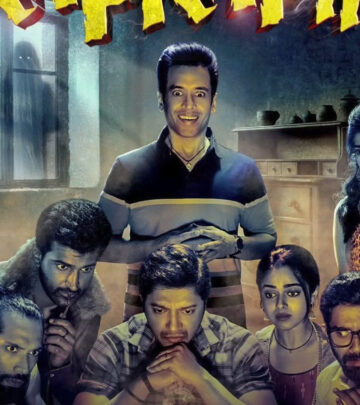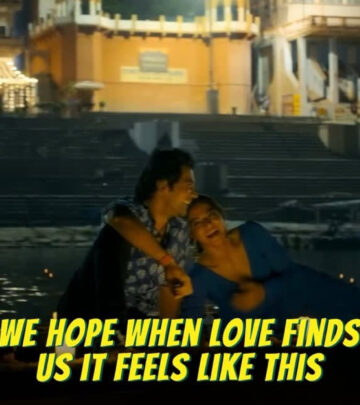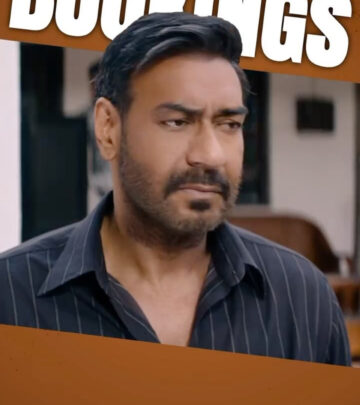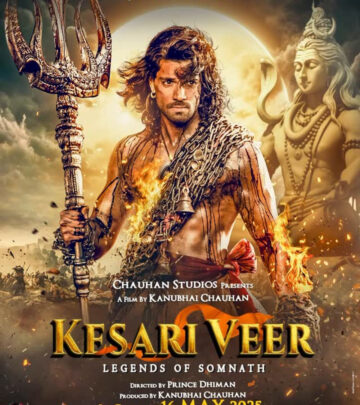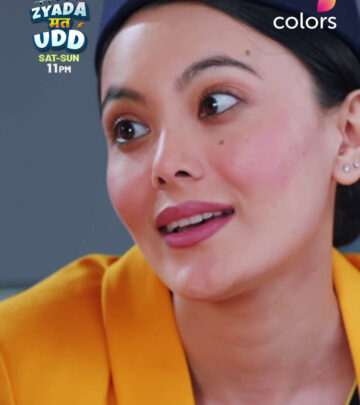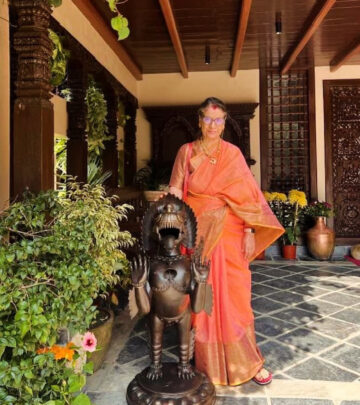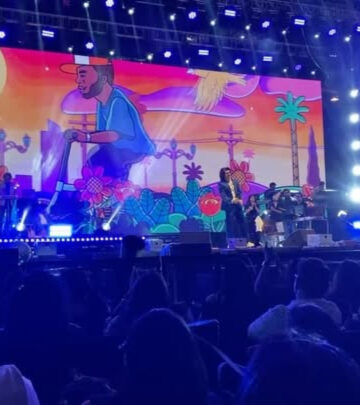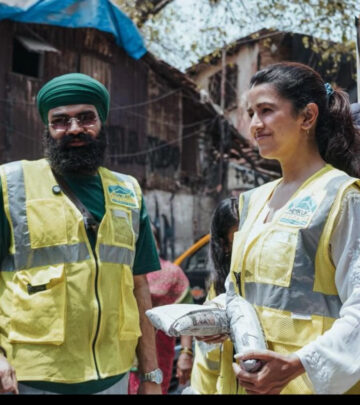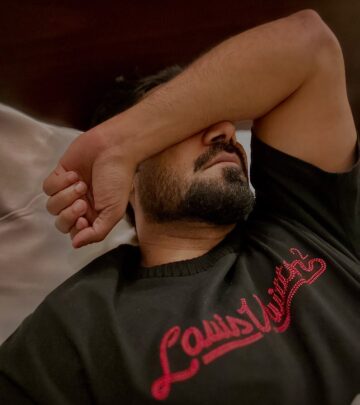Anubhav Sinha Calls for Clear Distinction in Film Formats
Director advocates the traditional style of presentation be called 'theatrical film'.
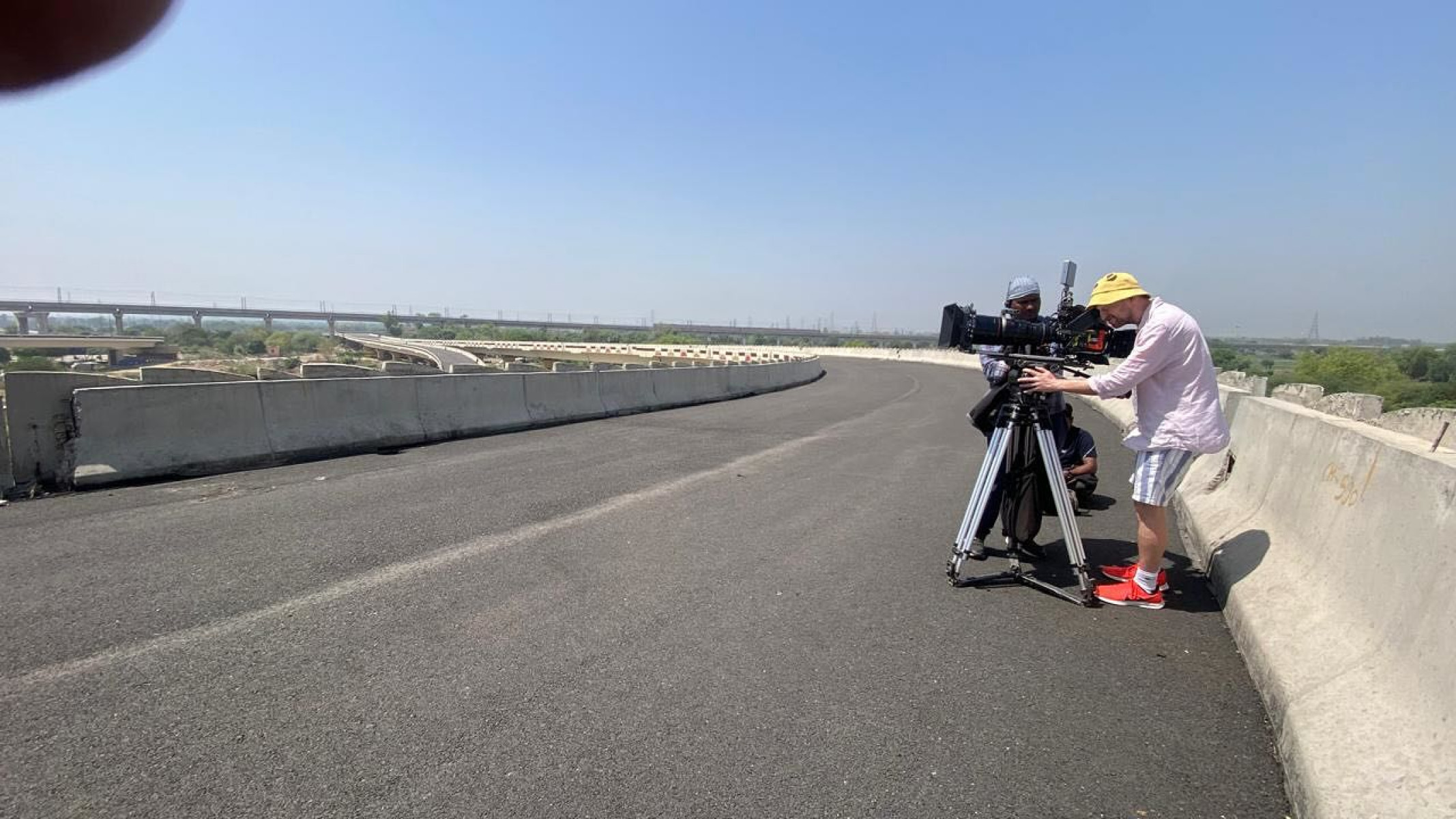
Image: Instagram
In a recent Instagram post addressed to journalists, filmmaker and industry veteran Anubhav Sinha has sparked a fresh debate within the realm of cinema. In a clear and impassioned message written entirely in Hindi, Sinha highlights the evolving nature of film production and distribution. He points out that films are now being crafted in two distinct modes – one meant for the traditional theatrical experience and the other made for the growing digital streaming platforms. According to his commentary, it is time to differentiate between these two formats with distinct names.
Industry Evolution And Format Differentiation
Sinha points out that historically, films were primarily created for the big screen experience, requiring specific storytelling techniques and cinematic approaches. However, the rise of OTT (Over-The-Top) platforms has transformed the landscape, enabling more diverse content and flexible storytelling formats.
He uses the term “बड़े पर्दे की फिल्म” (big screen film) to designate theatrical releases, arguing that this nomenclature should be reserved exclusively for cinema meant for theatrical viewing. According to Sinha, this distinction would help set clear audience expectations about the intended viewing experience.
Distinct Identities For Theatrical And OTT Films
Sinha emphasizes that the theatrical experience—with its communal atmosphere, premium sound, and shared public viewing—differs fundamentally from OTT content, which caters to individual viewing preferences with greater flexibility in format and narrative style. This duality, he suggests, merits separate terminology to prevent audience confusion.
The director’s commentary reflects broader changes in film production and consumption in the digital era. Rather than seeing these developments as threatening traditional cinema, Sinha believes both formats can coexist and flourish simultaneously, each evolving in its own way.
Preserving Heritage While Embracing Innovation
Beyond nomenclature, Sinha’s message connects the legacy of classical cinema with contemporary trends. He suggests that while distribution methods change, the essence of filmmaking—storytelling, emotion, and artistic expression—remains constant.
His post has generated significant attention from filmmakers, critics, and actors, sparking discussions about cinema’s definition in the modern era. Social media responses reveal both nostalgia for theatrical experiences and enthusiasm for innovative digital storytelling.
Calling For Industry-wide Reevaluation
At its core, Sinha’s message calls for the film industry to reconsider how it categorizes and communicates with audiences. Creating distinct labels could lead to more targeted marketing strategies while preserving the unique cultural experiences associated with each format.
As viewing habits transform and platforms diversify, Sinha’s vision encourages dialogue that honors theatrical traditions while embracing exciting digital possibilities. His perspective affirms that cinema isn’t declining—it’s simply evolving into new forms with new meanings for future generations.
Read full bio of Cynthia Jean Daniel



